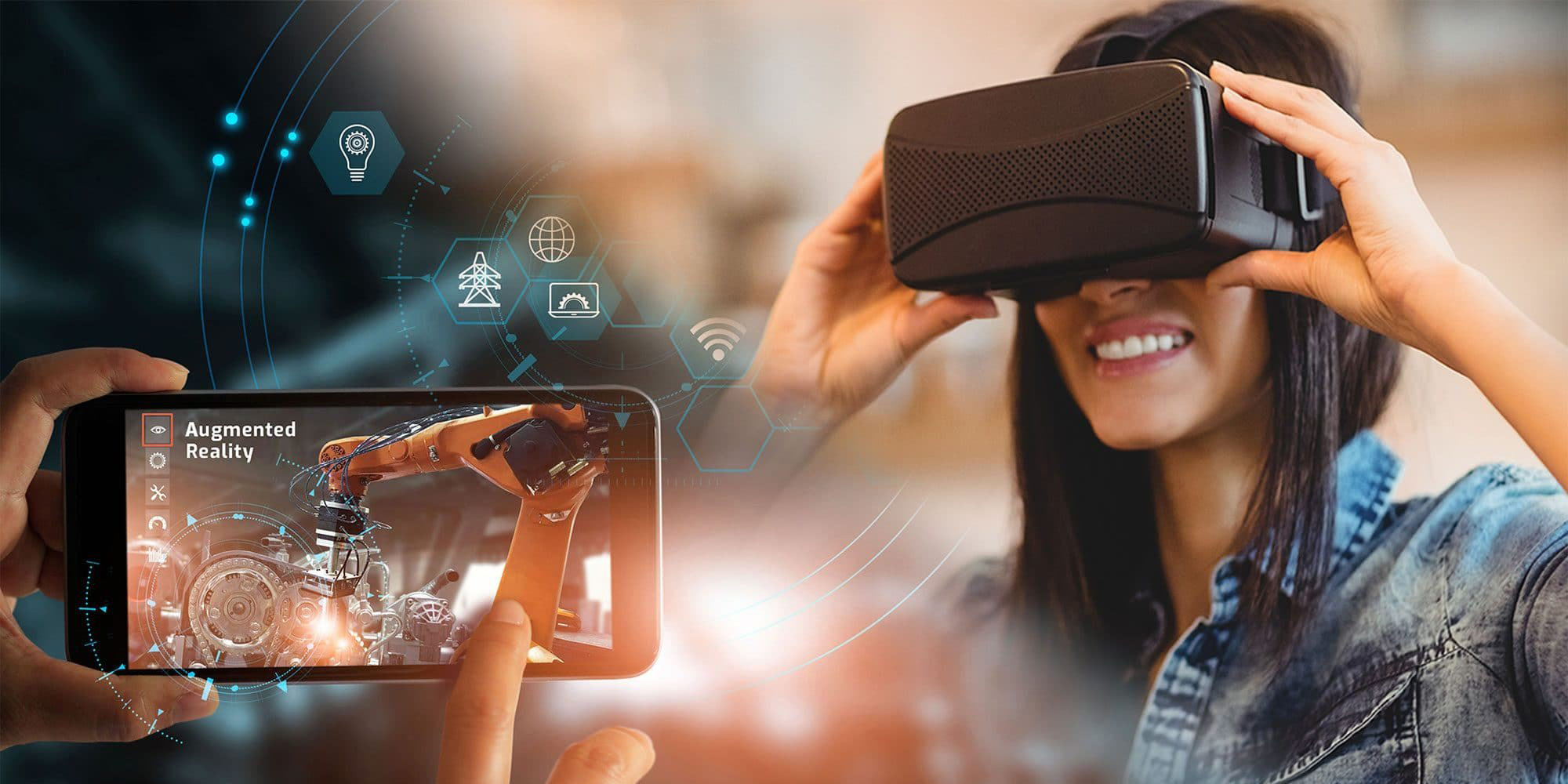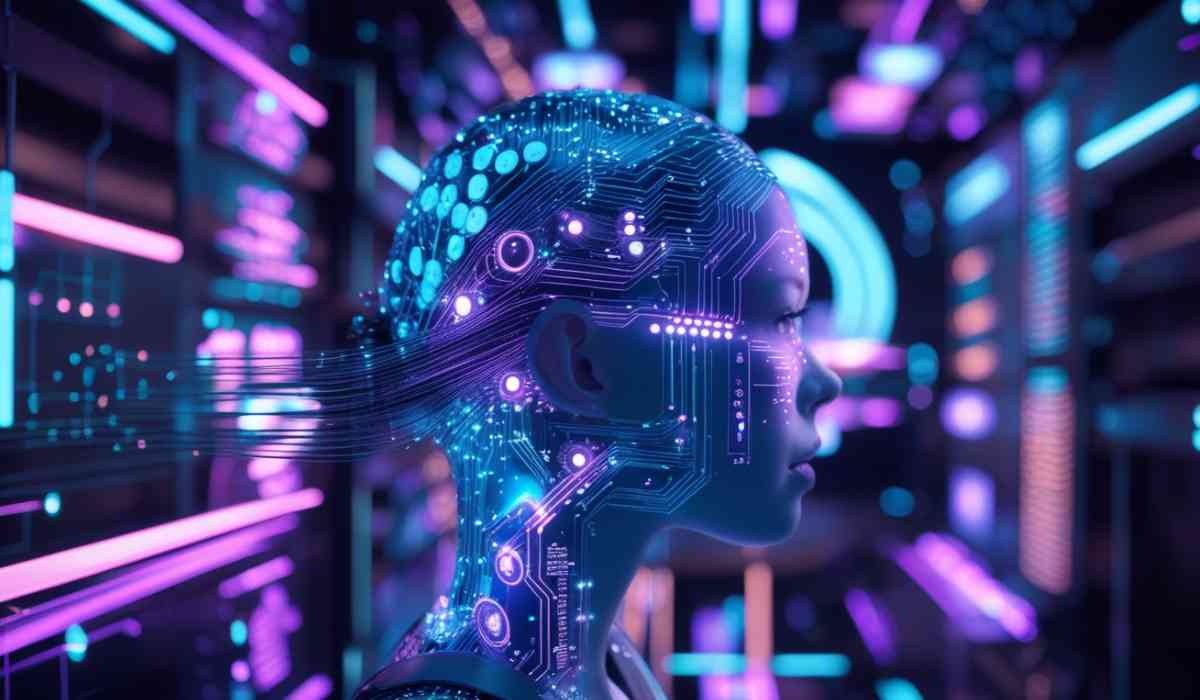Human-Computer Interaction (HCI) is rapidly evolving, driven by breakthroughs in artificial intelligence, natural language processing, and immersive technologies. As we approach 2025, these advancements are transforming how humans engage with digital systems, making interactions more intuitive, personalized, and inclusive.
Key Innovations in Human-Computer Interaction
1. AI-Driven Personalization and Natural Language Processing (NLP)
Generative AI has become the cornerstone of modern HCI, enabling systems to analyze vast amounts of data in real time to deliver personalized, dynamic user experiences. Advanced NLP allows machines to understand context, emotion, and intent, facilitating natural conversations through chatbots and virtual assistants like ChatGPT and Google Bard. This shift makes interactions more empathetic and human-like, breaking down barriers between users and technology.
2. Multimodal and Gesture-Based Interfaces
The integration of voice, gesture, and visual inputs is enhancing the richness of user interactions. Technologies such as radar-based gesture controls (e.g., Google’s Project Soli) and voice assistants are making interfaces more accessible and natural. Multimodal systems allow users to communicate with devices through multiple channels simultaneously, improving usability and engagement.

3. Immersive Experiences with Augmented Reality (AR) and Virtual Reality (VR)
AR and VR are revolutionizing HCI by blending digital content with the physical environment. Applications like IKEA’s AR app enable users to visualize products in real-world settings, enhancing decision-making. These immersive technologies are expanding beyond entertainment into education, healthcare, and remote collaboration, offering more engaging and effective user experiences.
4. Biometric Authentication and Haptic Feedback
Security and tactile interaction are critical components of modern interfaces. Biometric methods such as facial recognition and fingerprint scanning provide seamless, secure access, exemplified by Apple’s Face ID. Meanwhile, haptic feedback technologies deliver tactile responses that increase immersion and user satisfaction, as seen in gaming controllers like the PlayStation 5’s DualSense.
5. Accessibility and Inclusive Design
Innovations in HCI emphasize designing for diverse user needs, including those with disabilities. Adaptive interfaces, voice control, and AI-powered personalization ensure technology is usable and beneficial for all. This focus on inclusivity is essential for equitable digital experiences and is a growing priority in HCI research and practice.
Emerging Trends Shaping HCI in 2025

-
Total Experience (TX): Integrating Customer Experience (CX), Employee Experience (EX), and User Experience (UX) into a unified framework powered by AI to personalize and optimize interactions across all touchpoints.
-
Autonomous AI Agents: AI systems that automate routine tasks and collaborate with humans to enhance productivity and decision-making.
-
Advanced Cybersecurity: AI-driven threat detection and post-quantum cryptography to safeguard increasingly complex digital environments.
-
Ethical AI and Privacy: Balancing personalization with user privacy and autonomy remains a critical challenge as AI becomes more embedded in interfaces.
Final Note

The future of Human-Computer Interaction is marked by seamless, adaptive, and human-centric innovations. By leveraging AI, multimodal inputs, immersive technologies, and inclusive design principles, HCI is reshaping digital touchpoints to be more engaging, efficient, and accessible. These advancements promise not only to enhance user satisfaction but also to foster a more connected and empathetic relationship between humans and machines in an increasingly digital world.
This article highlights the transformative role of interface innovations in HCI, reflecting the latest trends and research shaping user experience in 2025.
With inputs from agencies
Image Source: Multiple agencies
© Copyright 2025. All Rights Reserved Powered by Vygr Media.
























